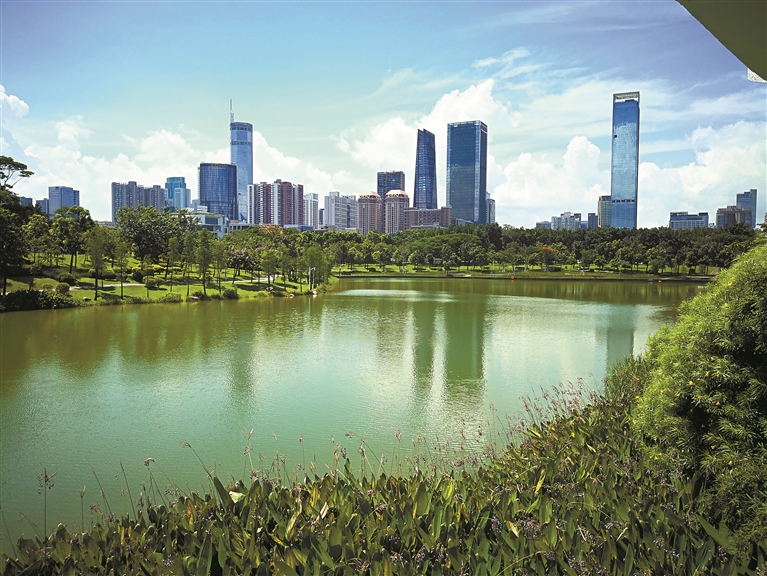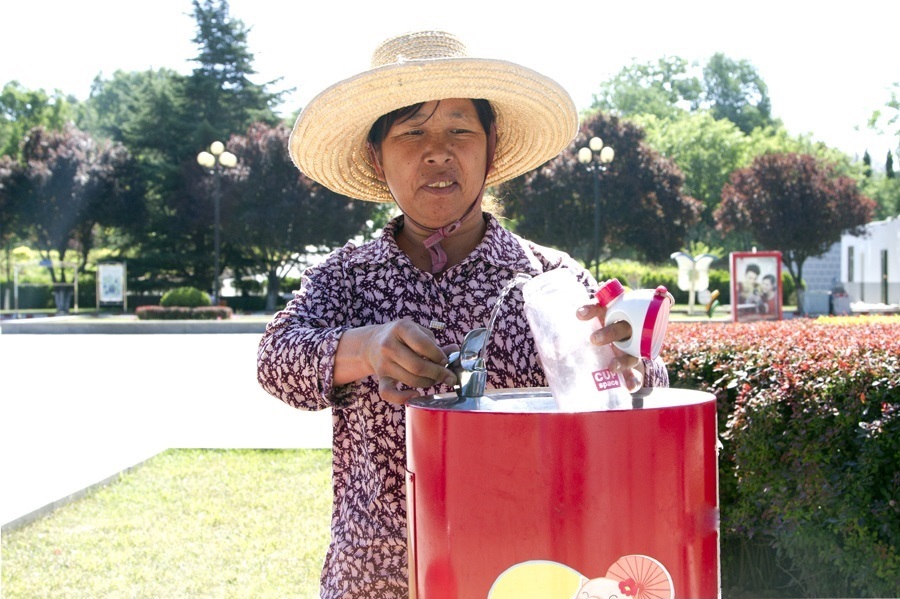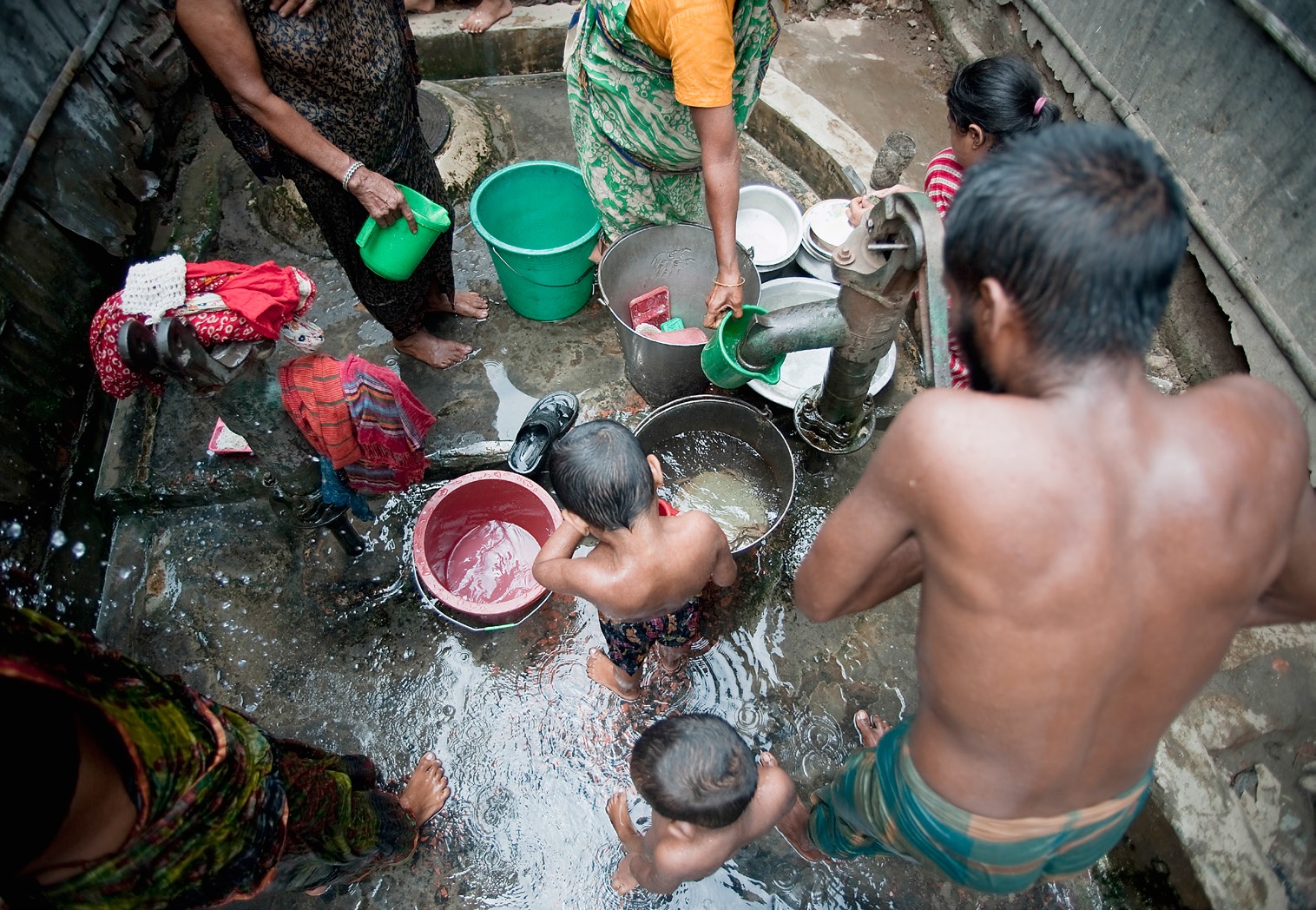

Goal 6: Ensure access to water and sanitation for all
Clean, accessible water for all is an essential part of the world we want to live in and there is sufficient fresh water on the planet to achieve this. However, due to bad economics or poor infrastructure, millions of people including children die every year from diseases associated with inadequate water supply, sanitation and hygiene.
Water scarcity, poor water quality and inadequate sanitation negatively impact food security, livelihood choices and educational opportunities for poor families across the world. At the current time, more than 2 billion people are living with the risk of reduced access to freshwater resources and by 2050, at least one in four people is likely to live in a country affected by chronic or recurring shortages of fresh water. Drought in specific afflicts some of the world’s poorest countries, worsening hunger and malnutrition. Fortunately, there has been great progress made in the past decade regarding drinking sources and sanitation, whereby over 90% of the world’s population now has access to improved sources of drinking water.
To improve sanitation and access to drinking water, there needs to be increased investment in management of freshwater ecosystems and sanitation facilities on a local level in several developing countries within Sub-Saharan Africa, Central Asia, Southern Asia, Eastern Asia and South-Eastern Asia.

The beautiful Futian River in Shenzhen, China. After years of hard work, some indicators of some rivers in Futian District of Shenzhen have reached the best level in 30 years. (Source: Shenzhen Evening News)
Facts and figures
●1 in 4 health care facilities lacks basic water services
●3 in 10 people lack access to safely managed drinking water services and 6 in 10 people lack access to safely managed sanitation facilities.
●At least 892 million people continue to practice open defecation.
●Women and girls are responsible for water collection in 80 per cent of households without access to water on premises.
●Between 1990 and 2015, the proportion of the global population using an improved drinking water source has increased from 76 per cent to 90 per cent
●Water scarcity affects more than 40 per cent of the global population and is projected to rise. Over 1.7 billion people are currently living in river basins where water use exceeds recharge.
●2.4 billion people lack access to basic sanitation services, such as toilets or latrines
●More than 80 per cent of wastewater resulting from human activities is discharged into rivers or sea without any pollution removal
●Each day, nearly 1,000 children die due to preventable water and sanitation-related diarrheal diseases
●Approximately 70 per cent of all water abstracted from rivers, lakes and aquifers is used for irrigation
●Floods and other water-related disasters account for 70 per cent of all deaths related to natural disasters

A citizen enjoys direct drinking water at the Zezhou Park in Jincheng City, Shanxi Province. (Source: wenming.cn)
Goal 6 targets
●6.1 By 2030, achieve universal and equitable access to safe and affordable drinking water for all
●6.2 By 2030, achieve access to adequate and equitable sanitation and hygiene for all and end open defecation, paying special attention to the needs of women and girls and those in vulnerable situations
●6.3 By 2030, improve water quality by reducing pollution, eliminating dumping and minimizing release of hazardous chemicals and materials, halving the proportion of untreated wastewater and substantially increasing recycling and safe reuse globally
●6.4 By 2030, substantially increase water-use efficiency across all sectors and ensure sustainable withdrawals and supply of freshwater to address water scarcity and substantially reduce the number of people suffering from water scarcity
●6.5 By 2030, implement integrated water resources management at all levels, including through transboundary cooperation as appropriate
●6.6 By 2020, protect and restore water-related ecosystems, including mountains, forests, wetlands, rivers, aquifers and lakes
●6.A By 2030, expand international cooperation and capacity-building support to developing countries in water- and sanitation-related activities and programmes, including water harvesting, desalination, water efficiency, wastewater treatment, recycling and reuse technologies
●6.B Support and strengthen the participation of local communities in improving water and sanitation management
CLEAN WATER AND SANITATION: WHY IT MATTERS
Half of the world’s population is already experiencing severe water scarcity at least one month a year

(UN Photo / Kibae Park)
What’s the goal here?
To ensure access to safe water sources and sanitation for all.
Why?
The demand for water has outpaced population growth, and half the world’s population is already experiencing severe water scarcity at least one month a year. Access to water, sanitation and hygiene is a human right, yet billions are still faced with daily challenges accessing even the most basic of services.
3 in 10 people lack access to safely managed drinking water services. About 3 billion people lack access to basic sanitation services, such as toilets or latrines.
More than 80 per cent of wastewater resulting from human activities is discharged into rivers or sea without any treatment, leading to pollution.
What are the effects of this?
Water and sanitation-related diseases remain among the major causes of death in children under five; more than 800 children die every day from diarrhoeal diseases linked to poor hygiene.
Proper water and sanitation is a key foundation for achieving the Sustainable Development Goals, including good health and gender equality.
By managing our water sustainably, we are also able to better manage our production of food and energy and contribute to decent work and economic growth. Moreover, we can preserve our water ecosystems, their biodiversity, and take action on climate change.
What would it cost to correct the problem?
A study by the World Bank Group, UNICEF and the World Health Organization estimates that extending basic water and sanitation services to the unserved would cost US$28.4 billion per year from 2015 to 2030, or 0.10 per cent of the global product of the 140 countries included in its study.
What would it cost if we don’t correct the problem?
The costs are huge–both for people and for the economy.
Worldwide, more than 2 million people die every year from diarrhoeal diseases. Poor hygiene and unsafe water are responsible for nearly 90 per cent of these deaths and mostly affect children.
The economic impact of not investing in water and sanitation costs 4.3 per cent of sub-Saharan African GDP. The World Bank estimates that 6.4 per cent of India’s GDP is lost due to adverse economic impacts and costs of inadequate sanitation.
Without better infrastructure and management, millions of people will continue to die every year and there will be further losses in biodiversity and ecosystem resilience, undermining prosperity and efforts towards a more sustainable future.
What can we do?
Civil society organizations should work to keep governments accountable, invest in water research and development, and promote the inclusion of women, youth and indigenous communities in water resources governance.
Generating awareness of these roles and turning them into action will lead to win-win results and increased sustainability and integrity for both human and ecological systems.
You can also get involved in the World Water Day and World Toilet Day campaigns that aim to provide information and inspiration to take action on hygiene issues.
Source: un.org (unless otherwise credited)
Copyright © 2005-2021 IMCC. All Rights Reserved.粤ICP备15048427号 ruizim.net


